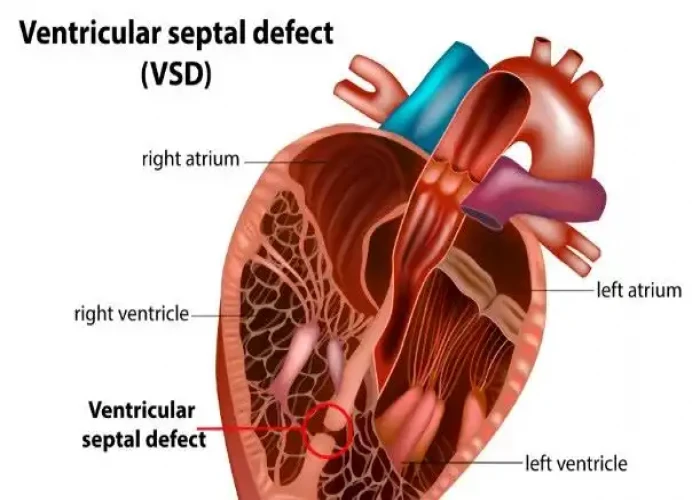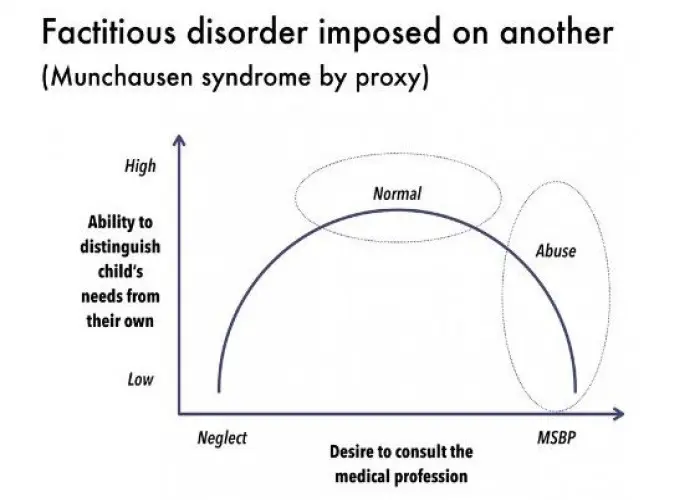 Welcome
Welcome
“May all be happy, may all be healed, may all be at peace and may no one ever suffer."
Shin splints

Pain in the front or inner part of the lower leg. It is often seen in athletes, particularly runners, and is caused by repetitive stress on the shinbone (tibia) and the surrounding muscles and tissues.
The most common symptoms of shin splints include:
- Pain in the lower leg, typically on the front or inner part of the shinbone
- Tenderness and swelling in the affected area
- Pain that worsens during exercise and may improve with rest
- Mild to moderate discomfort that may become more severe over time
Shin splints can often be treated with rest and self-care measures such as ice and elevation, stretching, and over-the-counter pain relievers. In some cases, physical therapy or orthotic devices may be recommended. It's also important to identify and address any underlying factors that may be contributing to the condition, such as overpronation (excessive inward rolling of the foot), worn-out or inappropriate footwear, or a sudden increase in activity level.
Prevention of shin splints involves wearing appropriate shoes, gradually increasing your activity level, stretching before and after exercise, and incorporating cross-training activities to help strengthen the muscles in your legs.
Research Papers
Disease Signs and Symptoms
- Leg pain
- Swollen leg
- Weakness and numbness in legs
Disease Causes
Shin splints
Shin splints are caused by repetitive stress on the shinbone and the connective tissues that attach your muscles to the bone.
Disease Prevents
Shin splints
To help prevent shin splints:
- Analyze your movement. A formal video analysis of your running technique can help to identify movement patterns that can contribute to shin splints. In many cases, a slight change in your running can help decrease your risk.
- Avoid overdoing. Too much running or other high-impact activity performed for too long at too high an intensity can overload the shins.
- Choose the right shoes. If you're a runner, replace your shoes about every 350 to 500 miles (560 to 800 kilometers).
- Consider arch supports. Arch supports can help prevent the pain of shin splints, especially if you have flat arches.
- Consider shock-absorbing insoles. They might reduce shin splint symptoms and prevent recurrence.
- Lessen the impact. Cross-train with a sport that places less impact on your shins, such as swimming, walking or biking. Remember to start new activities slowly. Increase time and intensity gradually.
- Add strength training to your workout. Exercises to strengthen and stabilize your legs, ankles, hips and core can help prepare your legs to deal with high-impact sports.
Disease Treatments
In most cases, you can treat shin splints with simple self-care steps:
- Rest. Avoid activities that cause pain, swelling or discomfort — but don't give up all physical activity. While you're healing, try low-impact exercises, such as swimming, bicycling or water running.
- Ice. Apply ice packs to the affected shin for 15 to 20 minutes at a time, four to eight times a day for several days. To protect your skin, wrap the ice packs in a thin towel.
- Take an over-the-counter pain reliever. Try ibuprofen (Advil, Motrin IB, others), naproxen sodium (Aleve) or acetaminophen (Tylenol, others) to reduce pain.
Resume your usual activities gradually after your pain is gone.
Disease Diagnoses
Disease Allopathic Generics
Disease Ayurvedic Generics
Disease Homeopathic Generics
Disease yoga
Shin splints and Learn More about Diseases

Male infertility

Ventricular septal defect (VSD)

Trichotillomania (hair-pulling disorder)

Drug allergy

Radiation sickness

Kyphosis

Factitious disorder

Gonorrhea
shin splints, শিন স্প্লিন্টস
To be happy, beautiful, healthy, wealthy, hale and long-lived stay with DM3S.
